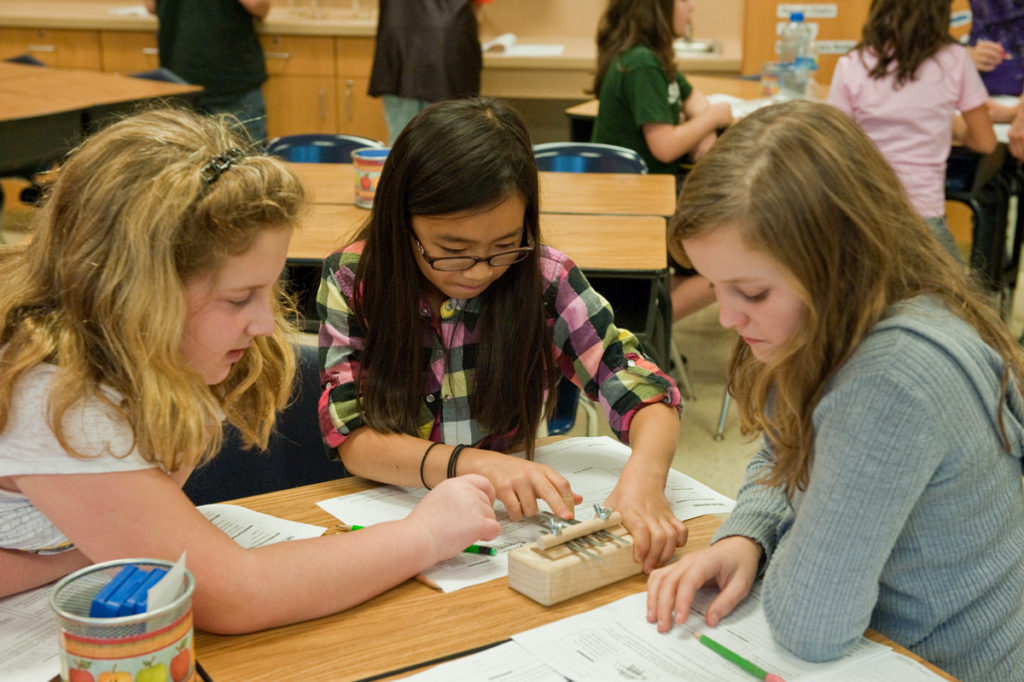
As testing season approaches, many students experience increased anxiety, often asking questions about test dates, format, and content. This stress can be compounded by seasonal factors such as the arrival of spring weather and an upcoming spring break, leading to heightened restlessness in the classroom. Teachers may also feel pressure to cover all necessary material before standardized state testing.
Here are some specific strategies you can implement to create a more manageable and less stressful test preparation process for both students and teachers:
When time is a challenge and there is content to be reviewed, integrating academic contents into Morning Meetings can help keep the focus on learning in an engaging way. For instance, I’ve recently written morning messages that invite students to brainstorm content vocabulary and to list the names of great leaders. I’ve embedded academic concepts into activities like Five Questions Three Clues, Group Charades, and Silly Sentences. And I’ve given sharing an academic focus, too. Open-ended questions can be great for this. For instance, I recently had partners share responses to the question “Which war had a greater impact on America: the American Revolution or the Civil War, and why?” Listening in on their conversations helped me assess what the class remembered about those topics and helped me decide whether to spend additional time on reviewing them.
It’s hard to avoid talking at students when time is running out and there is a years’ worth of material to review. But when I teach this way, I know many of my students have trouble retaining the information. During lessons where I do most or all of the talking, I see students whispering to one another or looking elsewhere, and the next day many of them don’t remember what I said because it wasn’t meaningful to them.
One strategy I’ve used in the past to try and keep learning engaging, even when there was a lot to get through, was to use interactive learning structures that got everyone involved instead of lecturing. For instance, to review the Civil War leaders we’d learned about, I divided the class into groups and assigned each group a leader to focus on. Then, after they’d made a list of key facts about their leader, I reconfigured the class into groups that included one “expert” on each leader. In these new groups, students took turns sharing key facts about their leaders with the others.
Giving students a choice in what or how they review is another way to keep learning meaningful. For instance, during their review of multi-digit multiplication, students had choices for how they could practice: creating multi-step problems for classmates to solve, using digit cards to create two numbers to multiply together and then comparing the product of their equation with a partner to see whose is greater, or playing multiplication bingo with a partner on the interactive whiteboard.
We all benefit from quick breaks throughout the school day. Early in the school year, I do energizers throughout the school day, but as testing season approached and I started feeling like there was less time in the day, I noticed that I was doing them less frequently. I resolved to make a point of letting the class stretch and move around more. Taking time for a quick energizer, a silly song or even a few deep breaths not only wakes students (and teachers!) up, it lets us have some fun and connect with one another.
At this stressful time of year for students and teachers, closing circle strengthens our community and can be particularly important for students who are anxious about the tests. Ending the day in a positive way gives students a chance to reflect, celebrate, have fun, or simply say goodbye to one another after a long day of learning. Having students share a success from the day or do a quick closing activity reminds everyone that our classroom is a place to learn and grow and that tomorrow is another day to try again.
As test season approaches, implementing these strategies will help you keep the focus on learning and allow you to continue enjoying the community you and your students have built together all year—with the added bonus that teachers and students alike will be less stressed.
by Michelle Gill